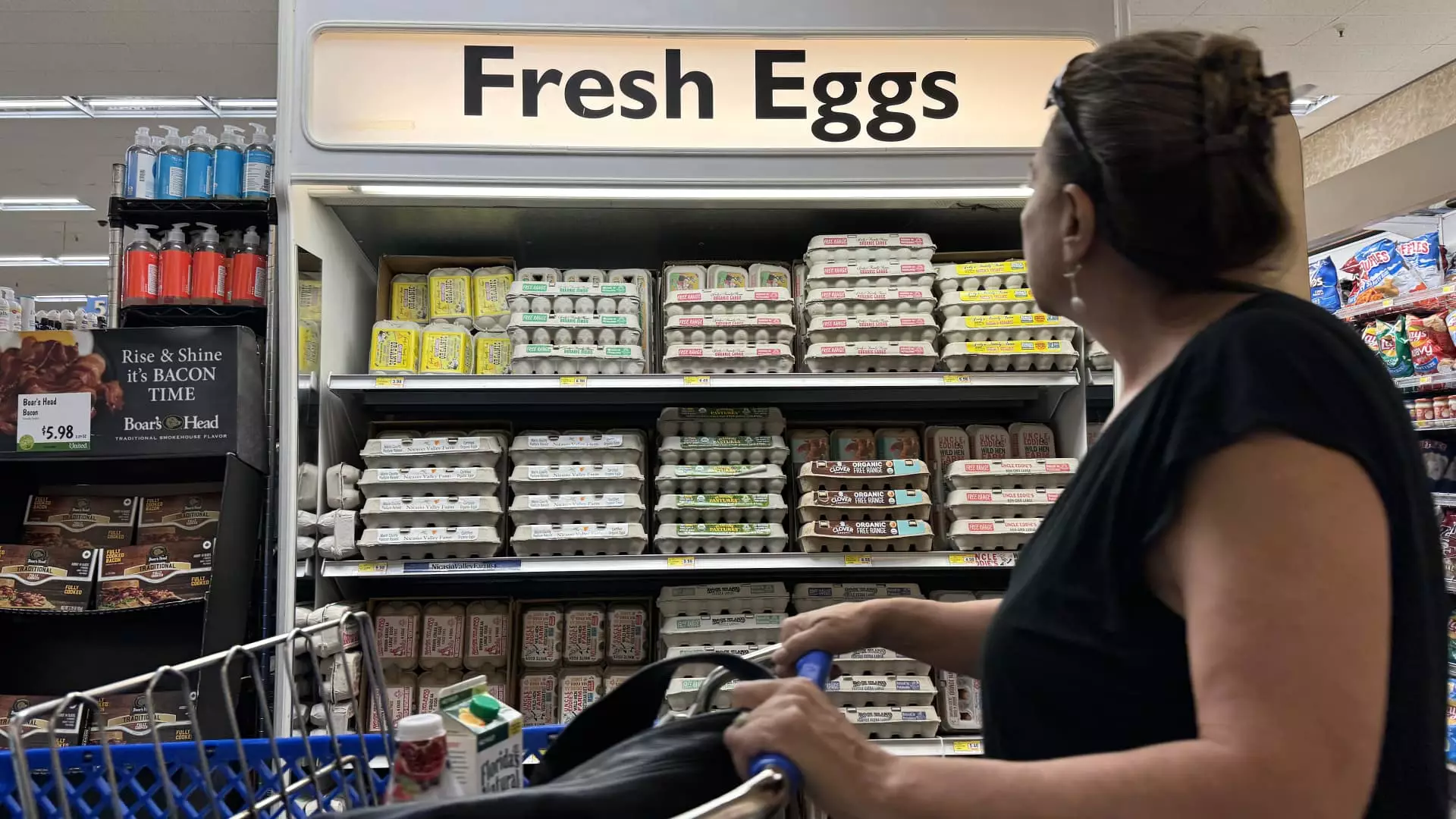In light of recent data, the Federal Reserve finds itself at a pivotal crossroads regarding its approach to inflation. With policymakers feeling more optimistic about their progress toward the 2% inflation target, the upcoming release of the Labor Department’s consumer price index (CPI) report promises to be a significant indicator of future monetary policy direction. Expectations are high for the September report, which is predicted to reveal an annual inflation rate of 2.2%, coupled with a modest monthly increase of only 0.1%. However, the core CPI, which excludes volatile food and energy prices, is anticipated to show a more pressing concern with rates of 3.2% annually and a monthly rise of 0.2%. This data creates a complex landscape for decision-making at the Federal Reserve.
The Dilemma of Monetary Policy
The core inflation figures underline a crucial challenge for the Federal Reserve as it navigates its course through the ongoing rate-cutting cycle. The central bank recently implemented a half-percentage-point reduction in the benchmark overnight borrowing rate, an action reflecting a need to stimulate economic activity. Despite this measure, the Fed’s response to the anticipated CPI data will likely reveal its broader outlook regarding economic growth and inflationary pressures. The potential discrepancy between headline inflation and core inflation could lead to varying interpretations of current economic conditions, compelling the Fed to adopt a cautious and measured approach toward future rate adjustments.
One pressing concern for monetary policymakers is the persistence of housing inflation, which continues to pose challenges in reaching the desired inflation targets. Despite expectations for lower rent renewals and a gradual easing in housing costs, any unexpected increases in discretionary consumer goods—such as vehicles—could provoke anxiety among Fed officials regarding the sustainability of robust consumer demand. As consumer habits intensify, the potential for inflationary pressures to reignite looms large, underscoring the importance of closely monitoring various economic indicators. Dallas Fed President Lorie Logan’s recent warning regarding the ramifications of easing financial conditions emphasizes the delicate balance that must be struck between fostering economic growth and managing inflationary expectations.
As the Federal Reserve anticipates the release of the latest CPI report, the focus will undoubtedly remain on the multifaceted influences at play within the economy. The juxtaposition of higher core inflation and subdued headline figures produces a challenging dichotomy that policymakers must navigate carefully. With the upcoming report likely to shape the Fed’s trajectory in a measured way, the results will not only inform their immediate strategy but also set the tone for expectations about future monetary policy. Investors, businesses, and consumers alike will be watching closely, as the Federal Reserve’s insights will have significant implications for economic stability and growth. Every economic signal, whether strong or weak, will weigh into the conversation about interest rates and the overall health of the economy, marking a crucial moment in the post-pandemic recovery landscape.

